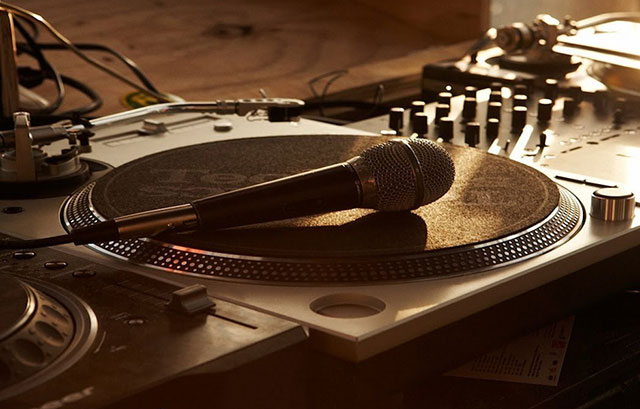 Music sampling is a technique that involves taking a portion or sample of a pre-existing musical recording and reusing it in a new composition. Sampling has become a fundamental element of modern music production, with artists and producers using it to create new and unique sounds that would otherwise be difficult to achieve.
Music sampling is a technique that involves taking a portion or sample of a pre-existing musical recording and reusing it in a new composition. Sampling has become a fundamental element of modern music production, with artists and producers using it to create new and unique sounds that would otherwise be difficult to achieve.
The origins of music sampling can be traced back to the early days of electronic music in the 1950s and 1960s, when it was used to manipulate sounds and create new musical textures. However, it was not until the 1970s, with the emergence of hip-hop, that music sampling began to take on a more prominent role in popular music.
During this period, early hip-hop producers would use turntables and vinyl records to sample and loop beats and other musical elements, creating the foundation for the genre. As hip-hop grew in popularity, sampling became more prevalent, with producers incorporating samples from many musical genres and styles.
Music sampling has profoundly impacted the music industry, enabling artists and producers to create new and innovative sounds that would otherwise be difficult to achieve. In many ways, it has allowed for the evolution and progression of music, with artists and producers pushing the boundaries of what is possible and exploring new sonic territories.
Moreover, music sampling has played an essential role in preserving and promoting the rich history of music, as producers often sample from older recordings and genres, introducing them to new audiences and ensuring their continued relevance. It's a powerful tool that has revolutionized the music industry, allowing for endless possibilities and creative expression. Music sampling has become an essential part of modern music production, whether used as a foundation for a new composition or as an accent to an existing track.
 Music sampling is a complex legal issue that requires careful consideration of copyright law. In the United States, the Copyright Act protects original musical works, including sound recordings. Sampling a pre-existing recording without proper clearance or licensing may be copyright infringement.
Music sampling is a complex legal issue that requires careful consideration of copyright law. In the United States, the Copyright Act protects original musical works, including sound recordings. Sampling a pre-existing recording without proper clearance or licensing may be copyright infringement.
The legal considerations for music sampling extend beyond just the United States, as different countries have individual laws and regulations governing copyright and intellectual property.
The legal considerations for music sampling are complex and require careful attention to copyright law and international regulations. While fair use and licensing are potential options for using sampled material, it's essential to understand each approach's potential risks and challenges. By staying informed and working with experienced legal counsel and licensing organizations, artists and producers can ensure their music sampling practices are creative and legally sound.
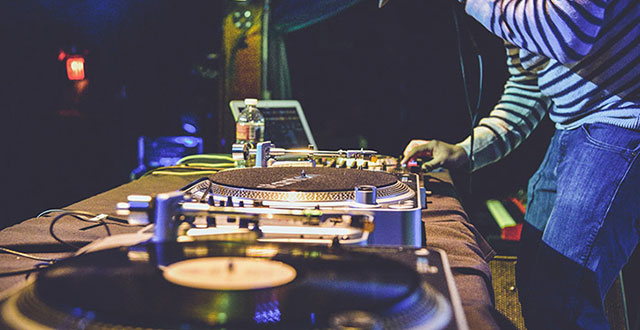 Music sampling can take various forms, each with advantages, disadvantages and legal considerations. This section will discuss three primary types of music sampling: direct, indirect and digital.
Music sampling can take various forms, each with advantages, disadvantages and legal considerations. This section will discuss three primary types of music sampling: direct, indirect and digital.
Direct sampling involves taking a portion of a sound recording and incorporating it directly into a new composition without any alteration. It's the most common type of sampling and is often used in hip-hop, electronic and pop music.
Direct sampling also offers several advantages, including capturing the sound and feel of an original recording, the convenience of working with pre-existing sounds and the ability to create something new and unique from an existing work. However, direct sampling also comes with its own set of challenges, particularly regarding copyright law.
Under the fair use doctrine, some types of direct sampling may be permitted without obtaining clearance or licensing from the original copyright owner. However, the law is complex, and the criteria for fair use are often subjective and case-specific. As such, many artists opt to obtain clearance or licensing for direct sampling to avoid potential legal issues.
Indirect sampling involves using a portion of a sound recording but altering it somehow before incorporating it into a new composition. This may include time-stretching, pitch-shifting, or changing the timbre of the original sound.
Indirect sampling offers several advantages over direct sampling, including greater flexibility and control over the sound and the ability to create something new and unique. However, indirect sampling also poses its own set of challenges, particularly regarding copyright law.
Similar to direct sampling, indirect sampling may be permissible under certain circumstances, such as under the fair use doctrine. However, because indirect sampling involves altering the original sound, arguing fair use can be more challenging, particularly if the sampled portion is recognizable.
Digital sampling involves digitizing a sound recording, allowing greater flexibility in manipulating and altering the sound. Digital sampling has become increasingly popular due to the proliferation of digital audio workstations and software.
Digital sampling offers several advantages over traditional sampling methods, including greater control over the sound, the ability to manipulate the sound in real-time and the ability to use a broader range of sound sources. However, digital sampling also poses its own set of challenges, particularly regarding copyright law.
Because digital sampling often involves manipulating a sound beyond recognition, it can be challenging to argue fair use. Additionally, because digital sampling has become so prevalent, many copyright owners are more vigilant in enforcing their rights, making it increasingly important for artists to obtain clearance or licensing for any samples they use.
Overall, the type of music sampling an artist chooses will depend on various factors, including their creative vision, the resources available, and the legal considerations associated with each type of sampling.
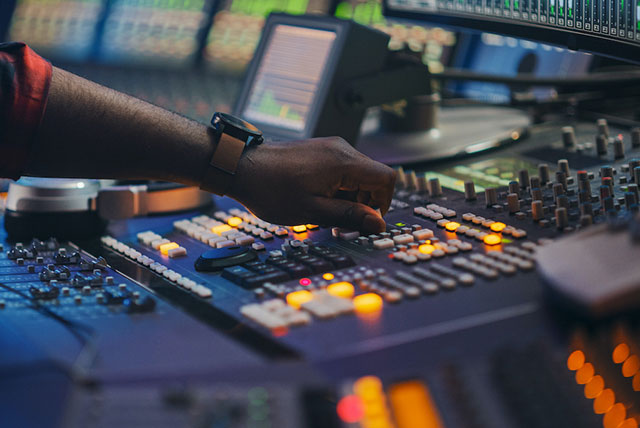 Music sampling is an art form that requires creativity and skill, but it also involves a set of best practices and techniques that can help you get the most out of your samples. This section will cover some of the most important considerations when choosing the proper sample, sampling techniques and best practices for sampling.
Music sampling is an art form that requires creativity and skill, but it also involves a set of best practices and techniques that can help you get the most out of your samples. This section will cover some of the most important considerations when choosing the proper sample, sampling techniques and best practices for sampling.
There are several factors to consider when choosing the proper sample, including the genre and mood of the song you're creating, the melodic and rhythmic elements you want to incorporate and the song structure and arrangement you're working with.
Once you've chosen the proper sample, it's time to start sampling. You can use several techniques to manipulate your samples and create new sounds, including chopping and looping, pitch shifting and time stretching and layering and processing.
While music sampling is a creative and exciting process, following some best practices is essential to ensure you're sampling ethically and producing high-quality work.
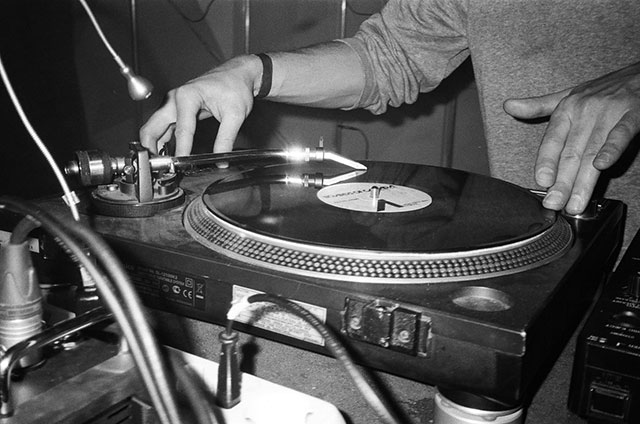 The use of sampling in hip-hop music has become an integral part of the genre, but it wasn't always that way. The practice of sampling began in the early days of hip-hop when DJs would take breaks from other songs and loop them over and over again, creating a new beat to rap over. This technique was popularized by DJ Kool Herc in the late 1970s, who is often credited with being the father of hip-hop.
The use of sampling in hip-hop music has become an integral part of the genre, but it wasn't always that way. The practice of sampling began in the early days of hip-hop when DJs would take breaks from other songs and loop them over and over again, creating a new beat to rap over. This technique was popularized by DJ Kool Herc in the late 1970s, who is often credited with being the father of hip-hop.
Hip-hop producers have since expanded on this technique, using samples from many sources, including funk, soul, rock and jazz records. Some producers use samples to create a foundation for a new beat, while others use them as a starting point for more creative experimentation.
Hip-hop sampling has faced numerous legal challenges over the years, with many copyright holders arguing that their intellectual property has been used without permission. The most famous case was the "The Verve vs. Rolling Stones" lawsuit in which The Verve was sued for sampling a portion of The Rolling Stones' song "The Last Time."
To avoid legal issues, many hip-hop producers today use sample libraries or work with artists who can re-record samples, creating original material that can be used without infringing copyright laws. This practice has led to new creative approaches to sampling and a greater awareness of the importance of proper attribution and credit in the hip-hop community.
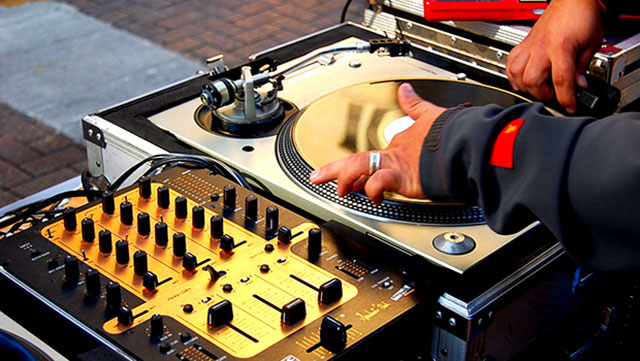 Sampling isn't just limited to hip-hop music but has become a common practice in many genres of music. Let's explore some of the other genres where sampling is used extensively.
Sampling isn't just limited to hip-hop music but has become a common practice in many genres of music. Let's explore some of the other genres where sampling is used extensively.
Electronic music has a long history of using samples, from the early days of house and techno to contemporary electronic genres like dubstep and trap. Sampling is a vital part of the electronic music production process and is used to create loops, drum patterns and other elements. In many cases, using samples is the genre's defining characteristic.
Rock and pop music have also extensively used sampling over the years, often incorporating samples into cover songs and collaborations. While using samples in rock and pop music isn't as prevalent as in electronic and hip-hop music, it has still significantly impacted the genre.
Sampling isn't limited to electronic, hip-hop, rock and pop music. It has been used in many other genres, including jazz, blues, soul, world and folk music.
Sampling is a versatile and widely used technique in many genres of music. From hip-hop to electronic, rock and pop to jazz and world music, sampling has become a defining characteristic of modern music production. Understanding the legal considerations, sampling techniques and best practices is essential for any producer or musician looking to incorporate samples into their work.
 Music sampling has come a long way since its inception. Advancements in technology have made it easier and more accessible for artists to sample music in new and innovative ways. With the advent of AI and machine learning, music sampling is set to take on a new level of creativity. AI can generate new samples and even compose entire music pieces. Virtual instruments and sample libraries also make it easier for musicians to create and manipulate sounds to fit their needs.
Music sampling has come a long way since its inception. Advancements in technology have made it easier and more accessible for artists to sample music in new and innovative ways. With the advent of AI and machine learning, music sampling is set to take on a new level of creativity. AI can generate new samples and even compose entire music pieces. Virtual instruments and sample libraries also make it easier for musicians to create and manipulate sounds to fit their needs.
Using sampling in music has also raised important cultural and social issues. One of the most prominent debates around sampling is cultural appropriation. Using samples from different cultures without proper attribution or respect has been controversial. On the other hand, sampling has also been used as a tool for social justice. For example, sampling of political speeches or audio from protests has been used to amplify important social and political messages.
As music technology continues to advance, so do the possibilities for sampling. One emerging trend is using virtual reality and immersive experiences in music sampling. This allows for a more interactive and immersive experience for listeners. Another trend is incorporating live sampling into performances, allowing musicians to create and manipulate sounds on the spot.
Music sampling has significantly impacted the music industry and is an essential tool for musicians and producers. As technology advances and cultural awareness grows, it will be interesting to see how sampling evolves in the future.
In this article, we've explored the world of music sampling, discussing its definition, history, legal considerations, types of sampling, techniques and best practices. We have also looked at how sampling is used in different genres of music, including hip-hop, electronic, rock, pop, jazz, blues, soul and world music. Additionally, we discussed the future of music sampling, including technological advances, cultural and social impacts and emerging trends.
Sampling has become integral to modern music production, offering a new dimension of creative possibilities. However, musicians and producers must know the legal considerations and best practices surrounding sampling to avoid copyright infringement and respect the original artists.
Additionally, as music becomes more global and diverse, artists must approach sampling with cultural sensitivity and awareness of the potential for cultural appropriation. Furthermore, the emerging trend of AI and machine learning in music sampling presents exciting opportunities but also raises questions about the role of human creativity and originality in music production.
As musicians and producers, we have a responsibility not only to create great music but also to respect and protect the rights of other artists. Therefore, it's recommended to obtain proper licensing and clearance for any samples used in music production, give credit to the original artists and uphold ethical and respectful sampling practices. Additionally, we should strive to be culturally aware and sensitive in our sampling choices and continue to explore and innovate with new technologies while honoring the traditions of music production.